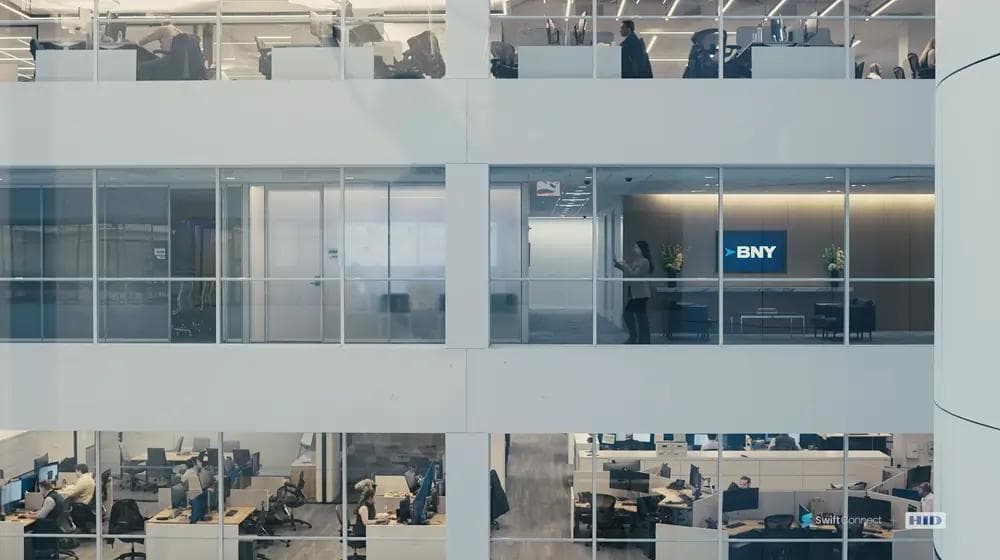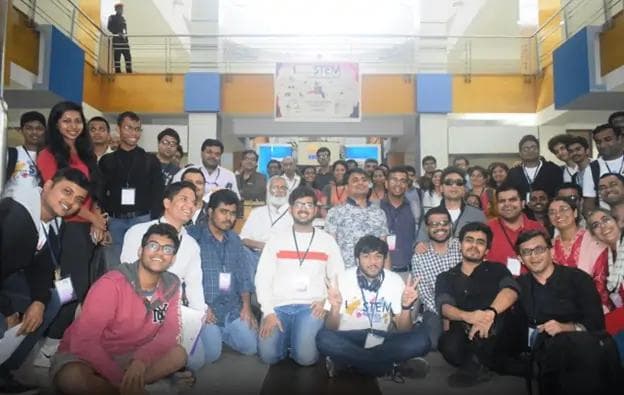How Enterprise Video Provides an Effective IT Business solution for the Insurance Sector
How Enterprise Video Provides an Effective IT Business solution for the Insurance Sector
Published by Gbaf News
Posted on April 18, 2013

Published by Gbaf News
Posted on April 18, 2013

By Steven Ferrigno, Vice President of Qumu EMEA
 Insurance companies guide people through financial and personal security. They are people’s businesses. Sales representatives, who are in the field all day long, react to people and their problems and demands. They need the best, most innovative IT solutions to do as good a job as possible and to reach out to a very diverse and demanding range of clients. Video is a people’s medium and as such, it is one of the more appropriate media to be made available to sales reps for them to be able to interact dynamically with both colleagues and policy holders.
Insurance companies guide people through financial and personal security. They are people’s businesses. Sales representatives, who are in the field all day long, react to people and their problems and demands. They need the best, most innovative IT solutions to do as good a job as possible and to reach out to a very diverse and demanding range of clients. Video is a people’s medium and as such, it is one of the more appropriate media to be made available to sales reps for them to be able to interact dynamically with both colleagues and policy holders.
People these days want to have access to and deliver information exactly when they need it – in real time. This is where video on demand comes into the picture. My company, Qumu (www.qumu.com), provides enterprise video solutions to global companies like Northwestern Mutual Life – video case study available and has recently enhanced its video platform with speech search functionality – allowing users to search spoken content in videos by keyword. The Qumu Capture Studio enables users to easily create a video presentation to deliver a training session, generate content and provide feedback. It is easy to use, portable and scalable and changes the way teams communicate. Qumu’s Video Control Center (VCC) gives companies control and command over every process stage in a video lifecycle – from creation to consumption. Imagine a YouTube like experience, only for the corporate environment and therefore secure and only available to the target audience.
An insurance company typically needs to keep three separate audiences connected: its internal audience, the sales force out in the field and its policy owners, both prospective and existing. People, however, respond differently to different types of communications; with video, you see and hear as opposed to just read and this can help people to understand facts and relate to them in just seconds; words and still images alone would make the delivery and understanding process much longer as certain aspects would still have to be left to the imagination.
Like any written document, video can be archived and libraries created so that cases can be readily reviewed and new people trained on new products or on how to talk to a policy owner about healthcare, house insurance or finances for instance. These reviews and training sessions can take place from any location and on any mobile device.
Video can also be hugely valuable to any sales force to see for example in an interactive manner what the hottest topic of the week is or what deals customers are buying at a specific period in time.
Video builds a sense of community among employees and clients alike and connects in a way that enhances culture and accelerates productivity. It is fast to upload and to deliver, easy to use, cost-effective and it creates an environment for collaboration. It empowers employees by giving them the ability to generate their own content and share knowledge. Communication between staff based in the office and sales people on the road would benefit greatly as barriers of location and time zones would be eliminated, yet the personal, human aspect of seeing who delivers the message is not taken away.
Another undeniable advantage of video communication is that it helps reduce costs. The economic benefits of decreasing travel costs, whilst improving employee productivity, make video an incredibly attractive IT solution to businesses across all sectors.
 Corporate social media, which has become an increasingly popular channel to influence an audience and keep in the loop, makes extensive use of video. However, so many people are doing social media these days that the challenge is how to make it real, authentic and effective. Every organisation is questioning how to best utilise social networking to ensure their story is being told and, more importantly, to make sure that it is the policy owners who are able to tell each other this story. Via social networking corporate video, policy holders can share their experiences with others; they can make recommendations, show what policies they are renewing and why. It provides free advertising, readily available to all.
Corporate social media, which has become an increasingly popular channel to influence an audience and keep in the loop, makes extensive use of video. However, so many people are doing social media these days that the challenge is how to make it real, authentic and effective. Every organisation is questioning how to best utilise social networking to ensure their story is being told and, more importantly, to make sure that it is the policy owners who are able to tell each other this story. Via social networking corporate video, policy holders can share their experiences with others; they can make recommendations, show what policies they are renewing and why. It provides free advertising, readily available to all.
Qumu has enabled video in Microsoft Sharepoint and IBM Connections, enhancing the collaborative experience for users. These companies chose to partner with Qumu to bring cutting-edge team-working capabilities to employees around the world, by enabling them to use their flagship tools with video. This is a clear sign that the trend for social video in business is becoming more prevalent and is already shaping the way people interact in the corporate world.In fact, many companies have noticed a significant growth in video consumption since the introduction of video on demand. For instance, the first year Northwestern Mutual put out Video on Demand,they saw close to 1900% increase over the previous year (http://www.qumu.com/customer-videos/292-nmlcasestudy.html).
In this day and age where everything has to happen now and when people like to share and stay connected, everyone likes a new system that easily integrates with existing ones.Not to mention the fact that the young, social media generation embraces video with ease. It therefore also attracts young talent and young customers. Companies which are not big on mobile communication will soon realise that most new graduates are more likely to apply for jobs with employers that are embracing the mobile revolution and that can communicate and engage with their employees using video. They want to be associated with the best in their sector and have real-time access to information, the way they do in their personal lives. The same goes for ‘Generation Y’ policy holders: when facing the choice of choosing an insurer, they are more likely to go for the company that promises to make processes quick and reliable and communication immediate and in a more personable and contemporary manner.
Video is an IT solution that can energise any organization that is looking to change the way it does business and to not be left behind in this brave new digital world.
Explore more articles in the Technology category











